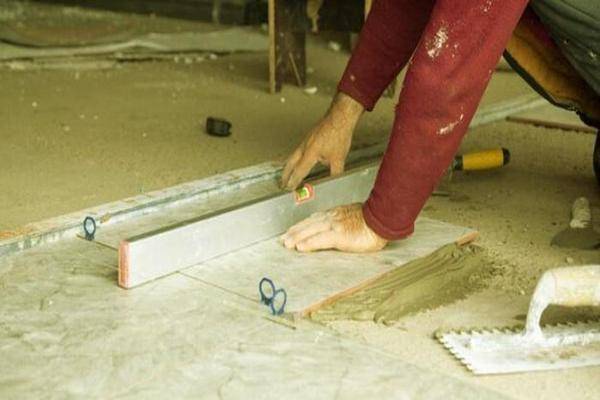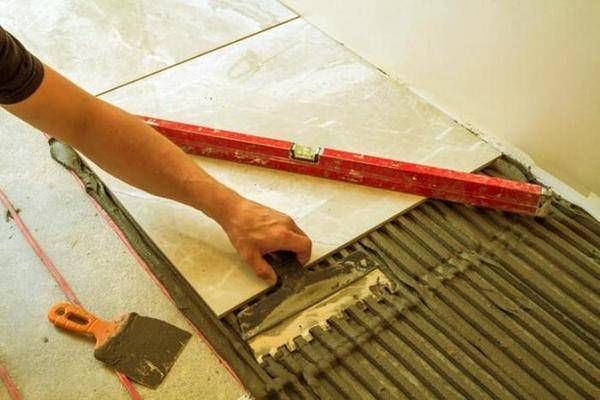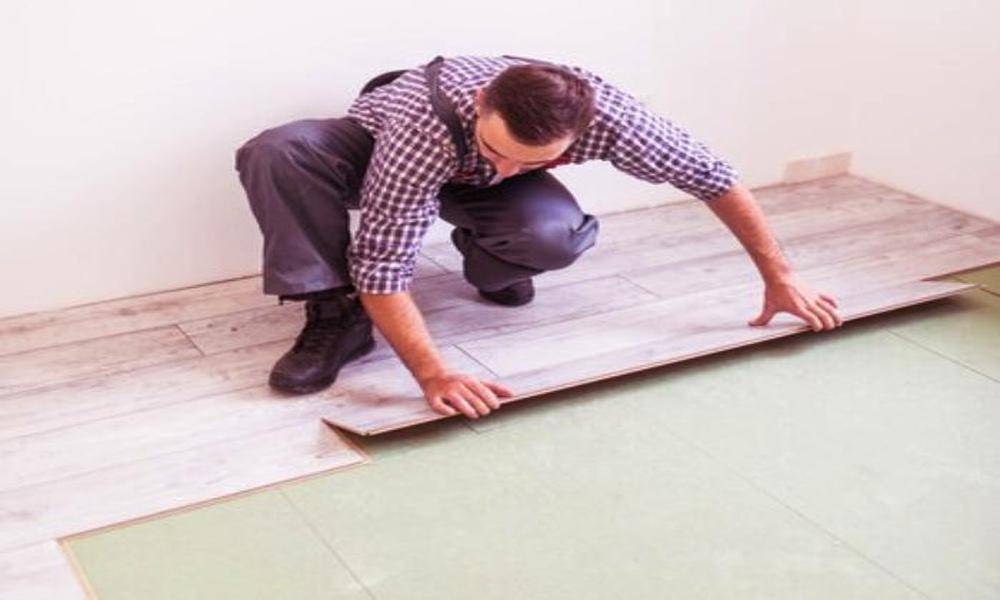A well-insulated home is the key to ensuring a comfortable living environment, especially during extreme weather conditions. However, in the pursuit of a greener lifestyle, it is also important to consider the environmental impact of our insulation choices. This is where underfloor insulation comes into play.
Underfloor insulation not only keeps your home warm and cozy, but it also has a significant impact on reducing your carbon footprint. With the rising concerns about climate change, it is essential to take steps towards sustainability in every aspect of our lives, including our homes.
In this article, we will explore the various underfloor insulation hacks that can help you achieve a greener and warmer home. From cost-effective DIY methods to eco-friendly materials, we will delve into the world of underfloor insulation and discover how it can not only benefit our homes but also the planet.
The Importance of Home Insulation

Having proper insulation is crucial for ensuring a cozy home. It serves as a shield, preventing the escape of warmth during winter and the intrusion of heat during summer. Inadequate insulation forces your HVAC system to exert more effort, leading to increased energy expenses.
Types of Insulation
Prior to delving into the realm of underfloor insulation, it is crucial to grasp the various options of insulation that exist. These encompass:
- Blanket Insulation: Blanket insulation, frequently found in rolls or batts, stands out as a widely used and economical option. Its installation is effortless, making it suitable for a wide range of spaces.
- Foam Board Insulation: Foam board insulation is a sturdy material that delivers outstanding thermal resistance, making it an optimal choice for locations demanding elevated levels of insulation.
- Loose-Fill Insulation: Irregularly shaped areas are well-suited fo loose-fill insulation as it is composed of small particles that easily conform to the space they occupy.
Underfloor Insulation: What Is It?
Underfloor insulation, as its name implies, refers to the process of insulating the area beneath the floor of your house. This is especially crucial for houses with elevated floors or crawl spaces. By using insulation material, a barrier is established to hinder the transfer of heat between the inside of your home and the ground.
Benefits of Underfloor Insulation
- Energy Efficiency: Installing underfloor insulation greatly improves the energy efficiency of your residence. By preventing heat from escaping through the floor, your heating system workload is reduced, resulting in decreased energy expenses.
- Comfort: Having a properly insulated floor guarantees that your home will maintain a pleasant temperature throughout the year, eliminating the discomfort of freezing floors during winter and stuffy, overheated rooms in summer.
- Environmental Impact: Not only does reducing your energy consumption save you money, but it also helps protect the environment. By using less energy, you decrease your carbon footprint and play a role in creating a more sustainable planet.
Step-by-Step Guide to DIY Underfloor Insulation
Preparing Your Space
Begin by making sure the space beneath your floor is free from any obstructions. Get rid of any debris and check for any signs of moisture problems. It is important to have a dry and tidy area in order to insulate effectively.
Measuring and Cutting Insulation
Take the dimensions of the gap between the floor joists and utilize them to accurately trim the insulation material.
Installing the Insulation
Place the insulation material between the floor joists, making sure it fits tightly. Utilize a staple gun to firmly fasten it.
Tips and Tricks for a Successful Installation

- In order to avoid skin irritation, it is important to utilize protective gear.
- Make sure there are no spaces or compacted areas in the insulation.
- Ensure that there are no moisture problems prior to installation.
- Please ensure that you take your time to properly cut and install the insulation.
Financing Your Underfloor Insulation Project
Installing underfloor insulation is a wise financial decision that can eventually cover its own expenses through reduced energy costs. Explore potential rebates, incentives, and financing alternatives to make the endeavor more budget-friendly.
In the end, underfloor insulation is a simple yet effective way to make your home more environmentally friendly and comfortable. By following these hacks, you can not only reduce your energy consumption and carbon footprint, but also save money on heating costs. So why wait? Start implementing these tips today and enjoy a greener and warmer home for years to come. Remember, small changes can make a big impact. Thank you for reading and here’s to a more sustainable future.




